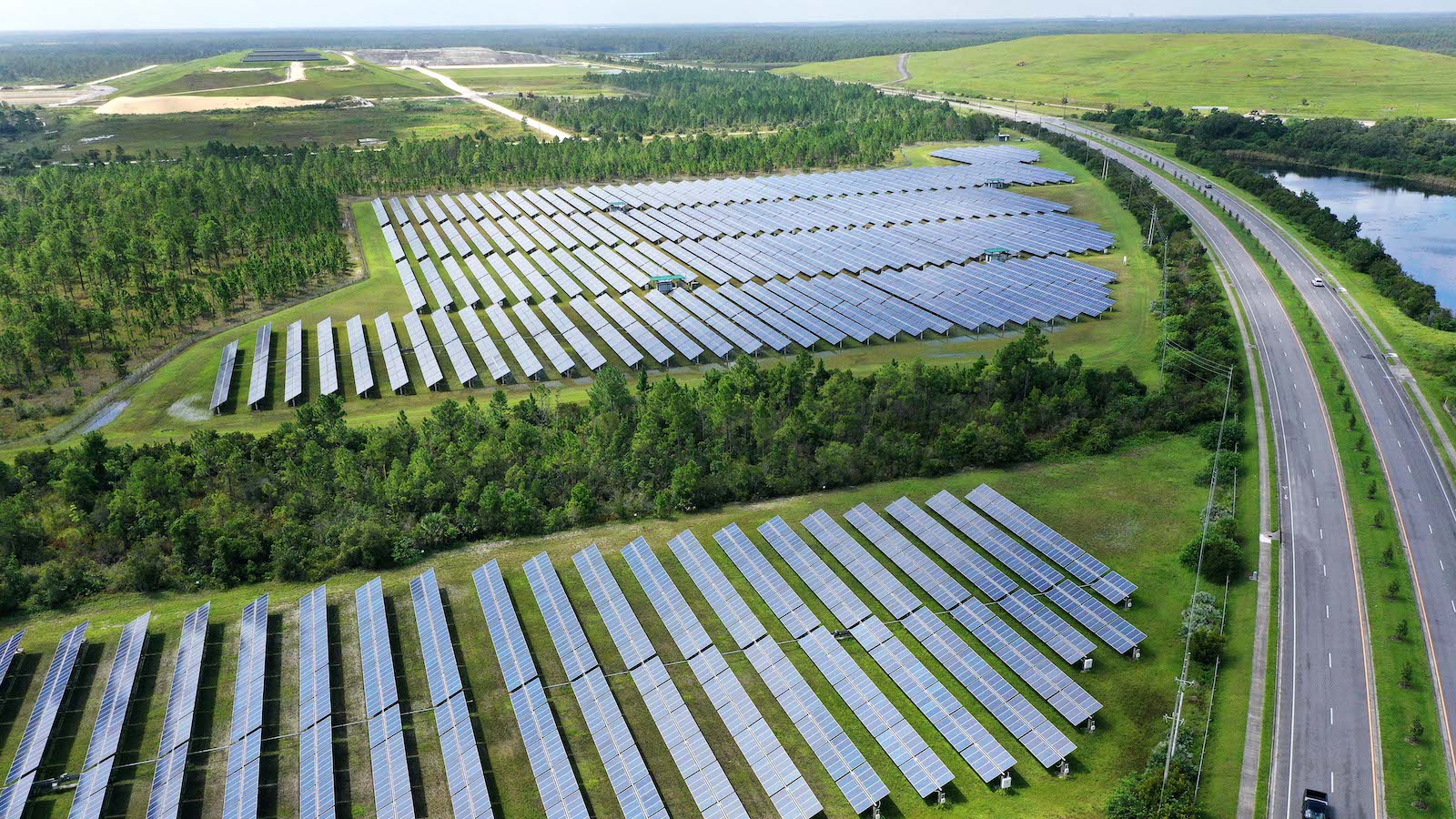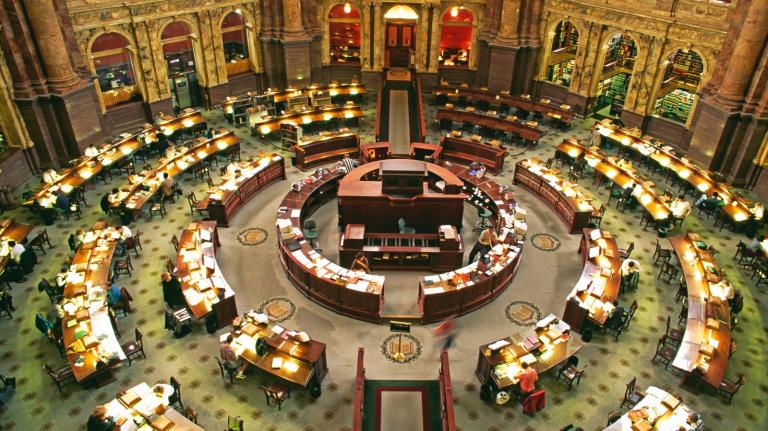President Joe Biden proposed a $5.8 trillion budget on Monday that would boost funding for federal environmental agencies, invest in climate research and resiliency, and support environmental justice programs.
Though the document is only a draft and will undergo significant changes before being approved by Congress, it represents a sharp shift in priorities from the previous administration. The budget for fiscal year 2023, which begins in July, includes $11.9 billion for the U.S. Environmental Protection Agency, or EPA, and $17.6 billion for the Department of the Interior, both increases from Trump-era budget cuts that gutted federal environmental enforcement.
The increased funding will allow the EPA to upgrade drinking water and wastewater infrastructure, particularly in underserved communities; improve air quality; clean up hazardous waste; and study the health and environmental effects of per- and polyfluoroalkyl substances, or PFAS, also known as “forever chemicals.” It would also support on-the-ground efforts to reduce greenhouse gas emissions and increase climate resiliency by providing $100 million in grants to states and tribes.
Biden’s budget was praised by EPA Administrator Michael Regan as well as members of the Environmental Protection Network, a coalition of former EPA staffers and appointees.
“Congress needs to respond to the President’s [fiscal year] 2023 EPA Budget request by providing robust support to rebuild our nation’s environmental protection infrastructure,” David Coursen, a former EPA attorney, said in a press release. “A fully funded EPA will be better poised to address the existential threat of the climate crisis and advance environmental justice for vulnerable fenceline communities, communities of color, and low-income and Indigenous communities who have long been overburdened by air and water pollution.”
The budget also proposes $48.2 billion for the U.S. Department of Energy as the Biden administration seeks to prioritize domestic clean energy production, including $200 million to support solar panel manufacturing and $5 billion in loan projects to “avoid, reduce, or sequester greenhouse gas emissions.” It’s unclear how much of this would support carbon capture and storage projects such as carbon dioxide pipelines, a controversial strategy that environmental groups have said hinders the transition to renewable energy.
Many of the proposed investments are in energy efficiency and electrification, with funding to help weatherize and retrofit low-income homes; connect tribal households to the electricity grid; and purchase electric vehicles for the federal fleet, including the United States Postal Service, which has faced criticism for a recent decision to replace most of its vehicles with gas-powered trucks.

There’s also funding for climate research, including over $900 million for the National Science Foundation to track how climate change is affecting communities in the U.S. Part of the Department of Energy’s budget would include $9 billion for clean energy research, while the U.S. Department of Agriculture would receive $6 million for its climate hubs, which study how farmers can adapt to climate change and reduce their carbon emissions.
The National Park Service, which faced steep budget cuts under the Trump administration and has lost more than 3,000 staff members in the last decade even as visitor numbers have soared, would see a more than 10 percent boost in funding under the new budget. That includes $31 million for the President’s long-touted Civilian Climate Corps, a program that would put people to work making national park infrastructure more resilient to climate change.
“We know that while our parks are hit hard by climate, they can also be part of the solution, but resources and staff are necessary to make real change,” Theresa Pierno, President and CEO of the nonprofit National Parks Conservation Association, said in a press release.
More than $9 billion would go to job creation and economic revitalization programs in communities affected by the transition from fossil fuels to renewables. And the budget doubles down on Biden’s promises to support environmental justice, with nearly $4.5 billion going to EJ programs as part of Biden’s Justice40 initiative, which dedicates 40 percent of federal climate and clean energy spending to underserved communities.
Despite its emphasis on domestic clean energy production and “green” jobs, the proposed budget also includes hundreds of billions in defense spending, a major contributor to climate change. In a statement announcing the budget, Biden called for “one of the largest investments in our national security in history,” particularly in the wake of Russia’s invasion of Ukraine.
But the U.S. military, which is not obligated to report its emissions under the Paris Agreement, already uses a significant amount of fuel to power its aircraft and ships. As a result, it emits more greenhouse gasses than many entire countries — a major obstacle to achieving net-zero emissions, as the U.S. has pledged to do by 2050.
Even with these increases in spending, Biden said the budget would halve the deficit from the last year of the Trump administration, thanks in part to new taxes on the wealthiest Americans.






